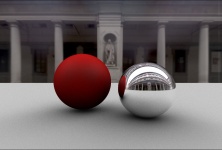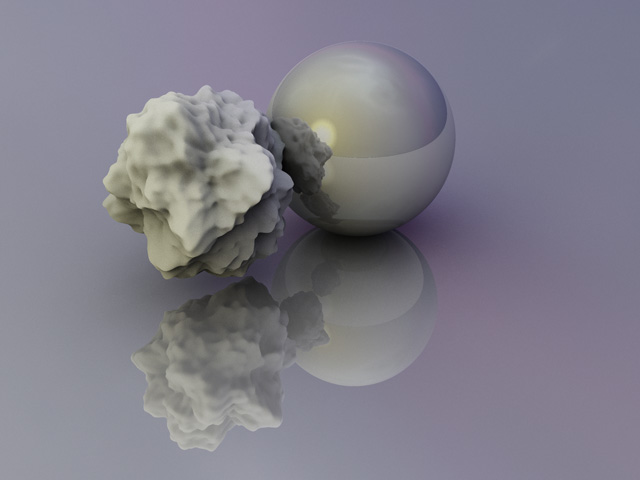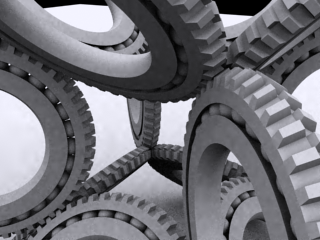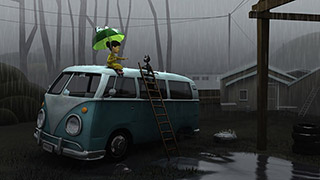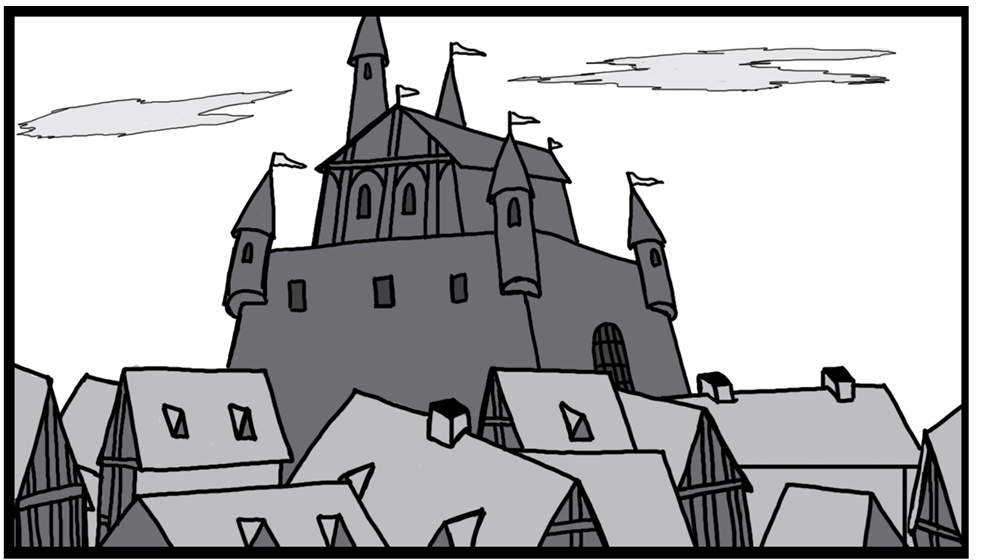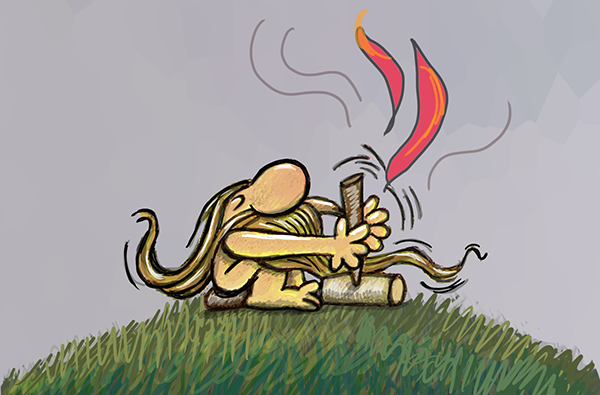In the Visualization Sciences program, I teach a wide variety of topics in covering both artistic and scientific aspects of computer graphics. All my courses are interdisciplinary by nature. I combine a studio approach with lectures. The courses I have taught until now can roughly be classified into three categories (1) Technical Computer Graphics and Visualization Courses such as Image Synthesis, Digital Image, and Computer Aided Sculpting; and (2) Art & Design (or Practical Computer Graphics and Visualization) Courses such as Digital Compositing and Rendering & Shading; and (3) Storytelling and Animation courses such as Visual Storytelling and Computer Animation. In my technical computer graphics courses that are usually heavy in computer science and mathematics, students also learn aesthetics aspects of the subject. In my art, design and animation courses, students also learn mathematical and scientific aspects. I, now, regularly teach six courses: Image Synthesis, Digital Image, Computer Aided Sculpting, Digital Compositing, Rendering & Shading and Visual Storytelling (See description of these courses below).

